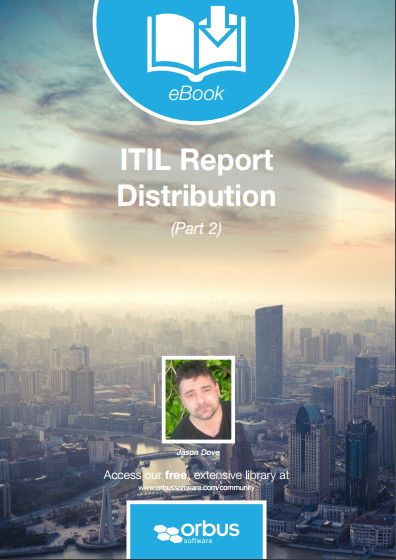In part 2 of our ITIL Report Distribution eBook, we continue to look at the remaining levels of the 'Portion Pyramid’ in detail, covering the reporting types and styles to provide a minimum acceptable level of coverage to their respective audience.
In part 2 of this whitepaper we will continue to look at the remaining levels of the ‘Portion Pyramid’ in detail, covering the reporting types and styles to provide a minimum acceptable level of coverage to their respective audience.
Operational Level Agreements measure the true efficiency of the service support, and as such are the ground floor upon which to build the reporting suite. OLAs measure the time taken to resolve each Task that makes up the support for a service and can span numerous Resolver Groups. Get the OLAs on target and the rest of ITIL performance falls into place.
Being on the ground floor means one thing in practice:
This level should be built as the first true reporting level, upon which all the other levels are based. In the real world, implementing OLA reporting first enables Resolver Groups and their Line Manager to settle into a documented process and test the accuracy of the OLAs/and related KPIs. Resolver Groups are the ITIL coal face, letting the team measure their own OLAs before judging the success of the overall output (SLAs).
You can login to continue reading the second part of this white paper.
